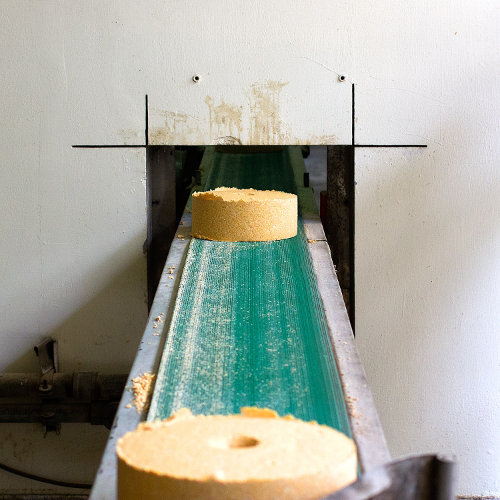Food waste is one of the most relevant issues in the global debate about the future of our planet. It’s generally accepted that an improvement of world population’s quality of life passes necessarily through a more scientific approach to the recovery of natural resources. And all the products – both fresh or processed ones – destined for food consumption purposes are definitely part of this area of interest.

Focusing on the production process
Distribution, storage and retail routines are now involved in a general revision of food preservation’s policy: new technologies have been introduced in order to avoid a quick decay of perishable products. At the same time, all the delivery processes are planned to guarantee the highest level of freshness, especially for what concerns agricultural produce, charcuterie and other fresh products. But what’s most important is the innovation introduced into the production process.
Whether it be fresh or processed food, a lot of new devices and equipment have been designed and manufactured to ensure a perfectly stable preservation of every kind of product. This will lead to producers’ and wholesale distributors’ increased awareness about the chance to significantly reduce all kinds of food waste. Software for food manufacturers can also help reduce food waste by tracking all operations in real time including inventory, production, and recipe management.
Food banks
Food banks are born mainly for reducing food waste. Through these structures (very popular in the United States but ever more present all over the EU territories), volunteers – be they private citizens, public authorities or companies of all sizes – can contribute to redistribute foodstuffs to families or single individuals relegated in a permanent state of indigence. By them, the inconvenience of food waste becomes an opportunity to relieve the most vulnerable sectors of society from one of their most basic needs: being fed.
But it goes without saying, food banks couldn’t be the remedy for everything. Food waste starts way before this stage, even during the production process. Let’s take, for example (one amongst the many sorting operations involved in industrial food treatment), the peeling process of canned fruits and/or vegetables: this is a completely automated procedure, but it takes just a not calibrated or approximately working equipment to throw away a large amount of primary product during its execution.=
Investing in the equipment
This is the main reason why choosing a high-performance equipment for every phase of food sorting process is apical, in the perspective of a maximum efficiency and a high standard optimization level. Many companies involved in this business are aware of that (like, for instance, TOMRA, whose sorting devices are visible on the webpage www.tomra.com/en/sorting), therefore they invest significant capital resources in purchasing devices able to provide the best performance in food treatment. That means, basically: speed, precision and, as stated before, the lowest ratio of raw material’s waste available on the market.
But there’s more. The most advanced sorting machines are also able to recollect all the waste and the low grade products, conveying them to other devices, where they will be transformed into second grade products, such as animal feed or fertilizers. And last but not the least, sorting machines provide for contaminants’ removal, in order to deliver the highest level of food safety.
That way, food waste could be really reduced to a negligible amount, with unrivalled benefits for producers, distributors and, finally, consumers.


